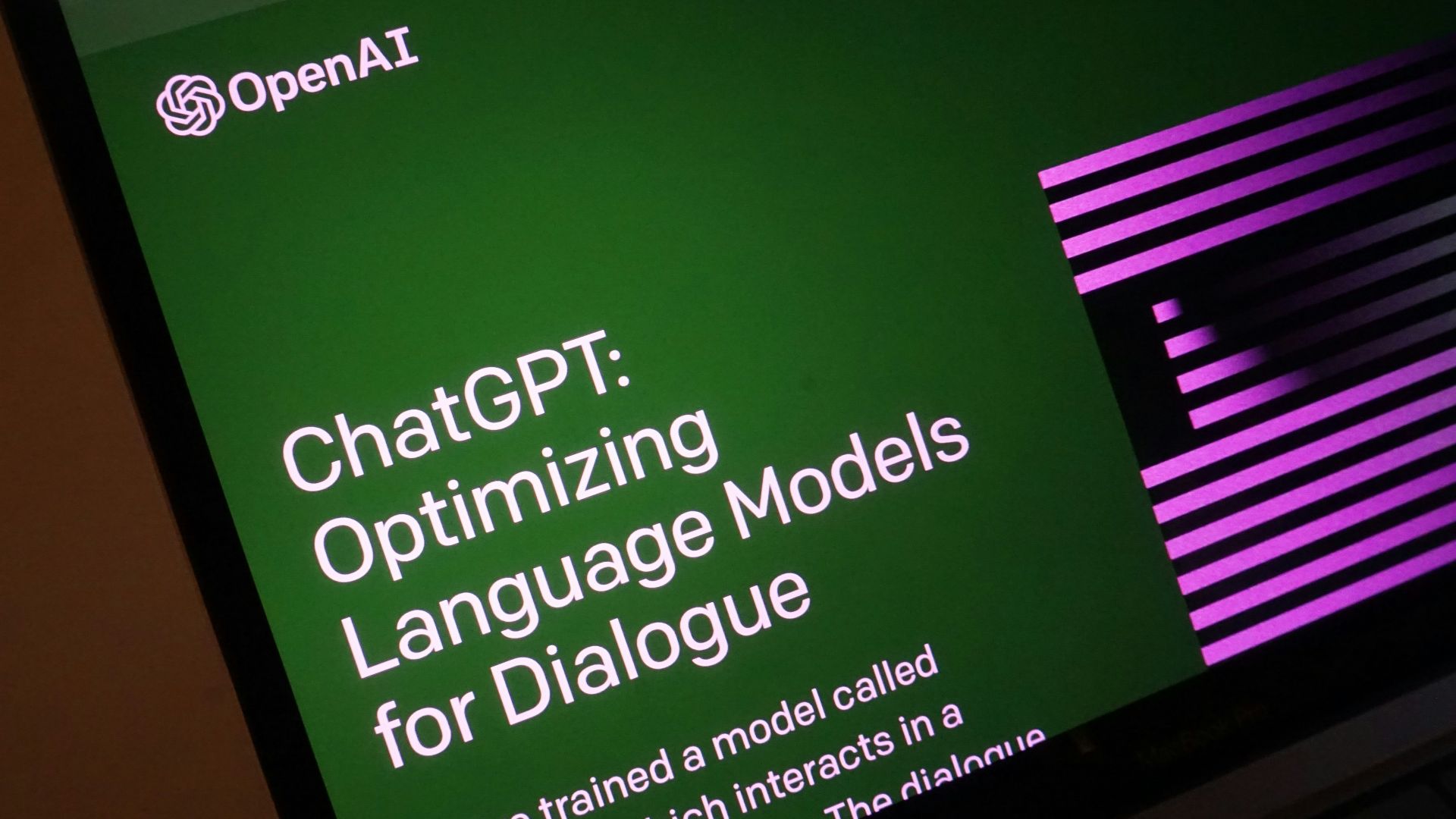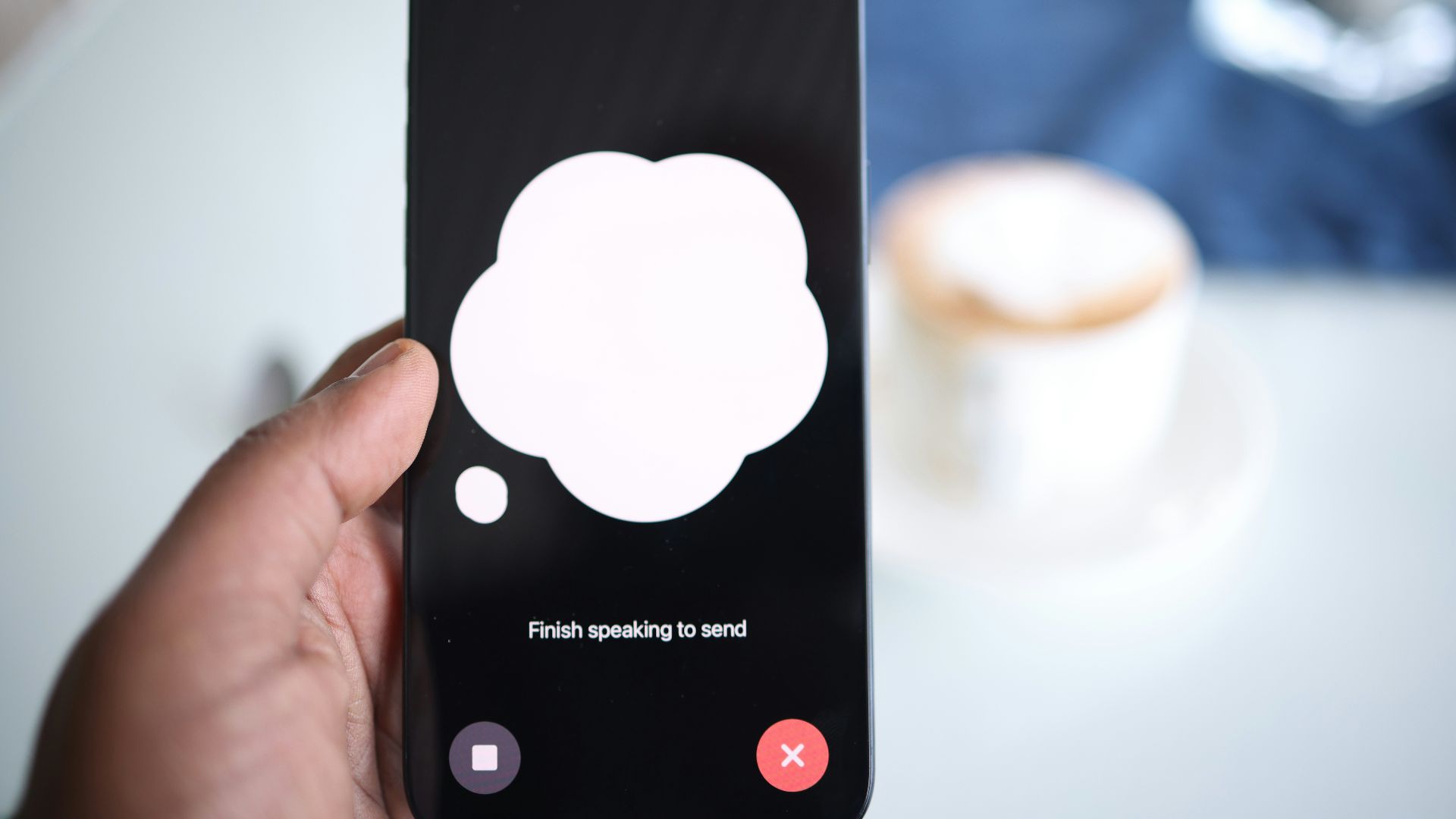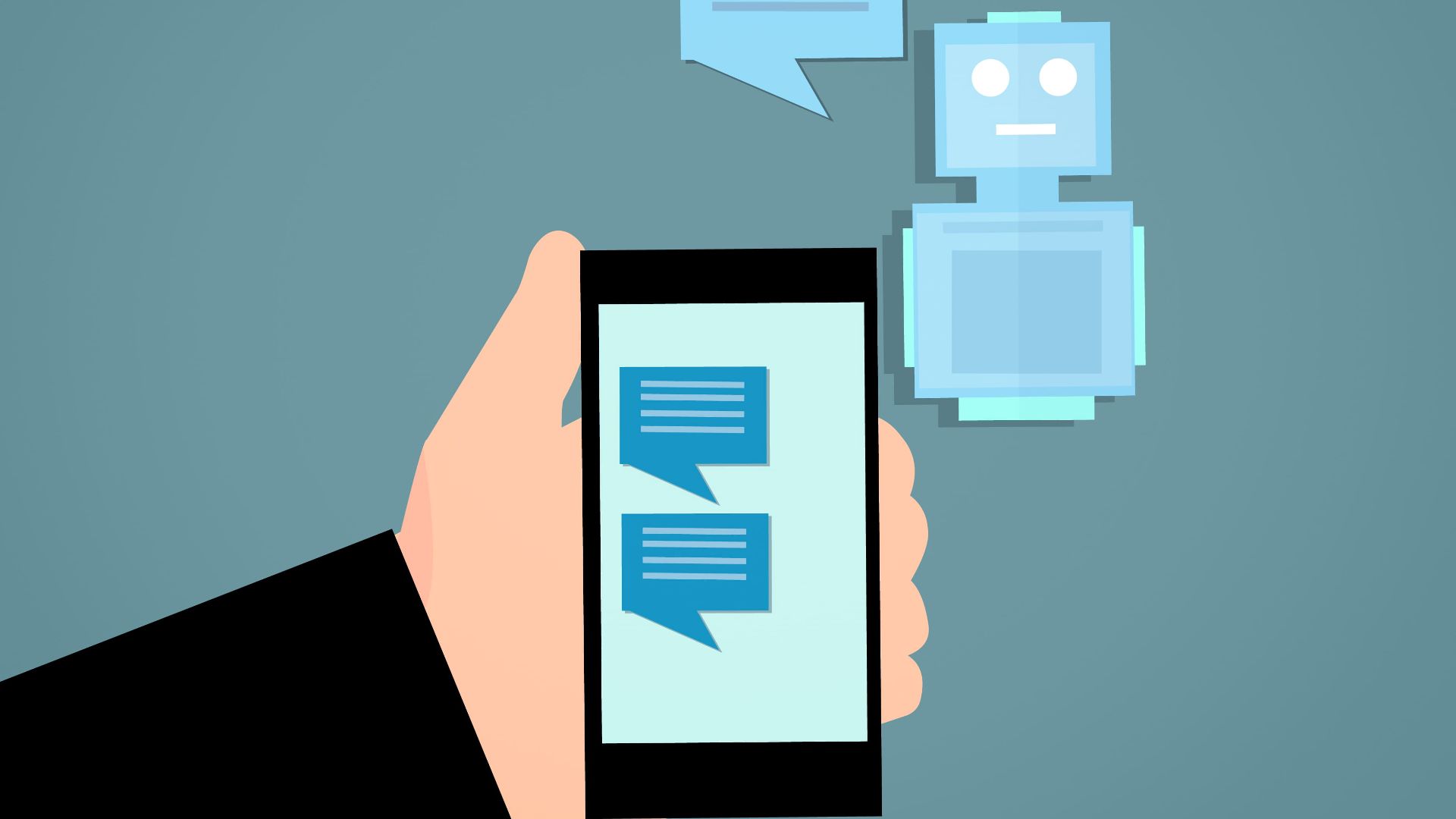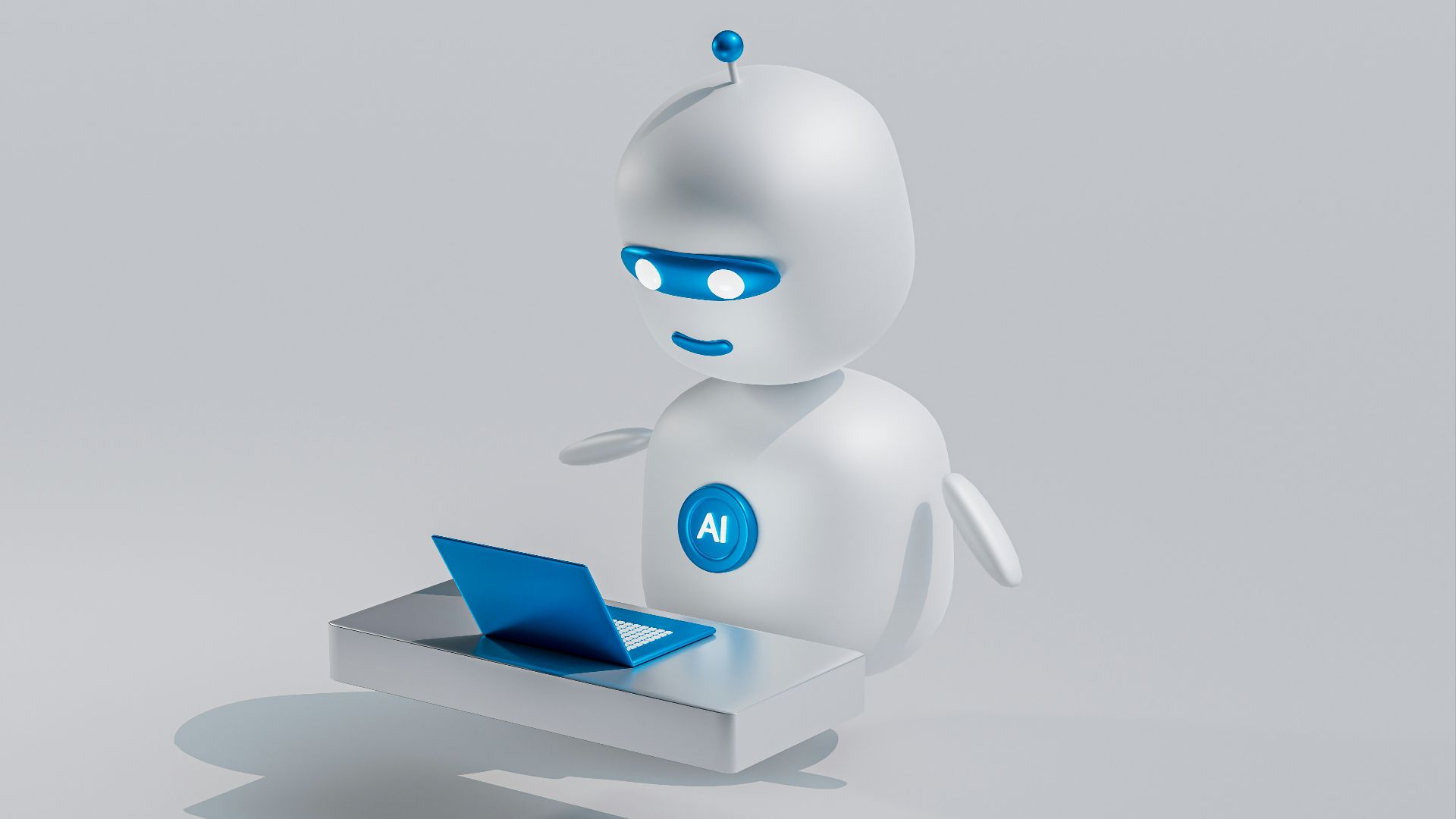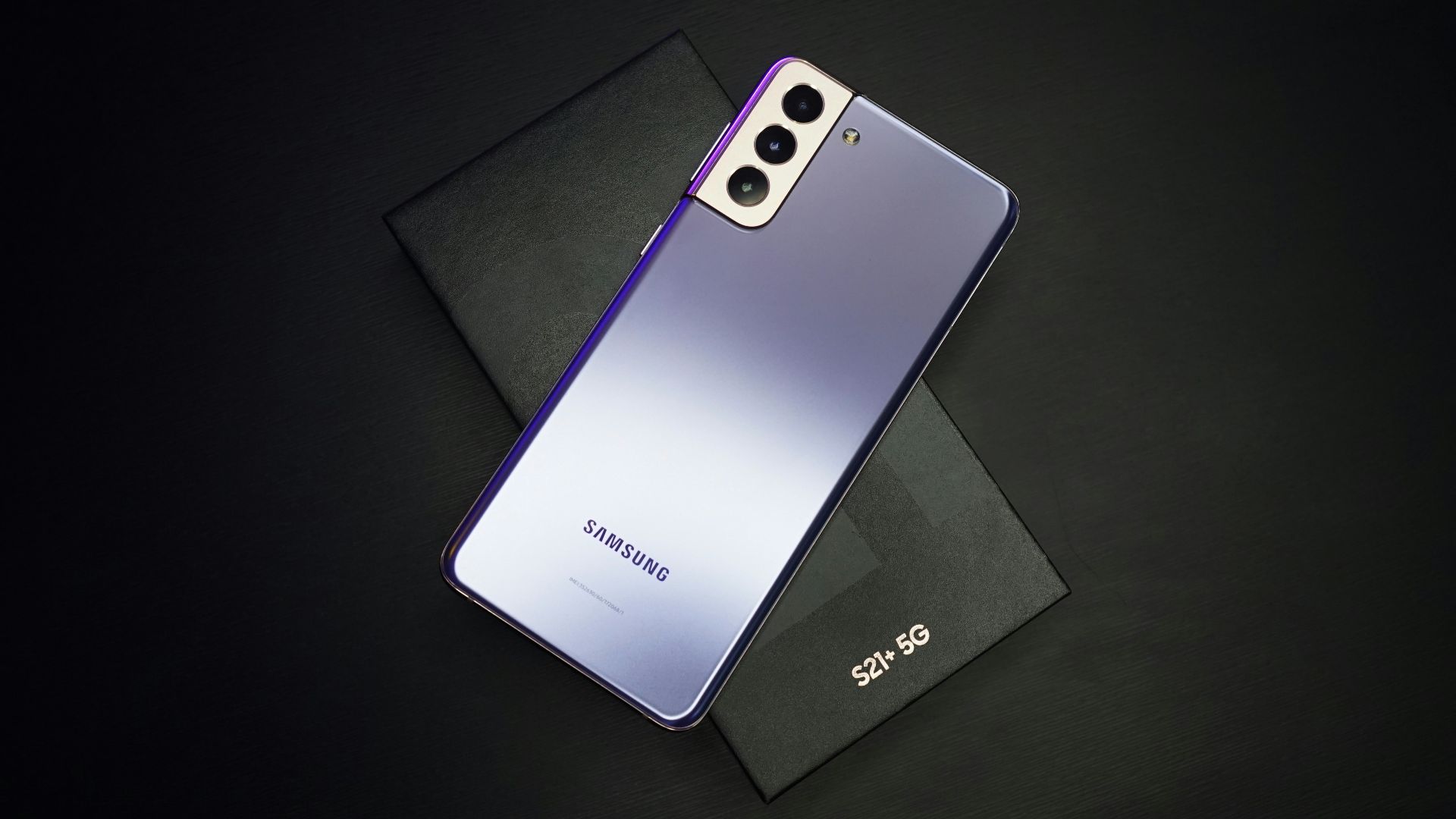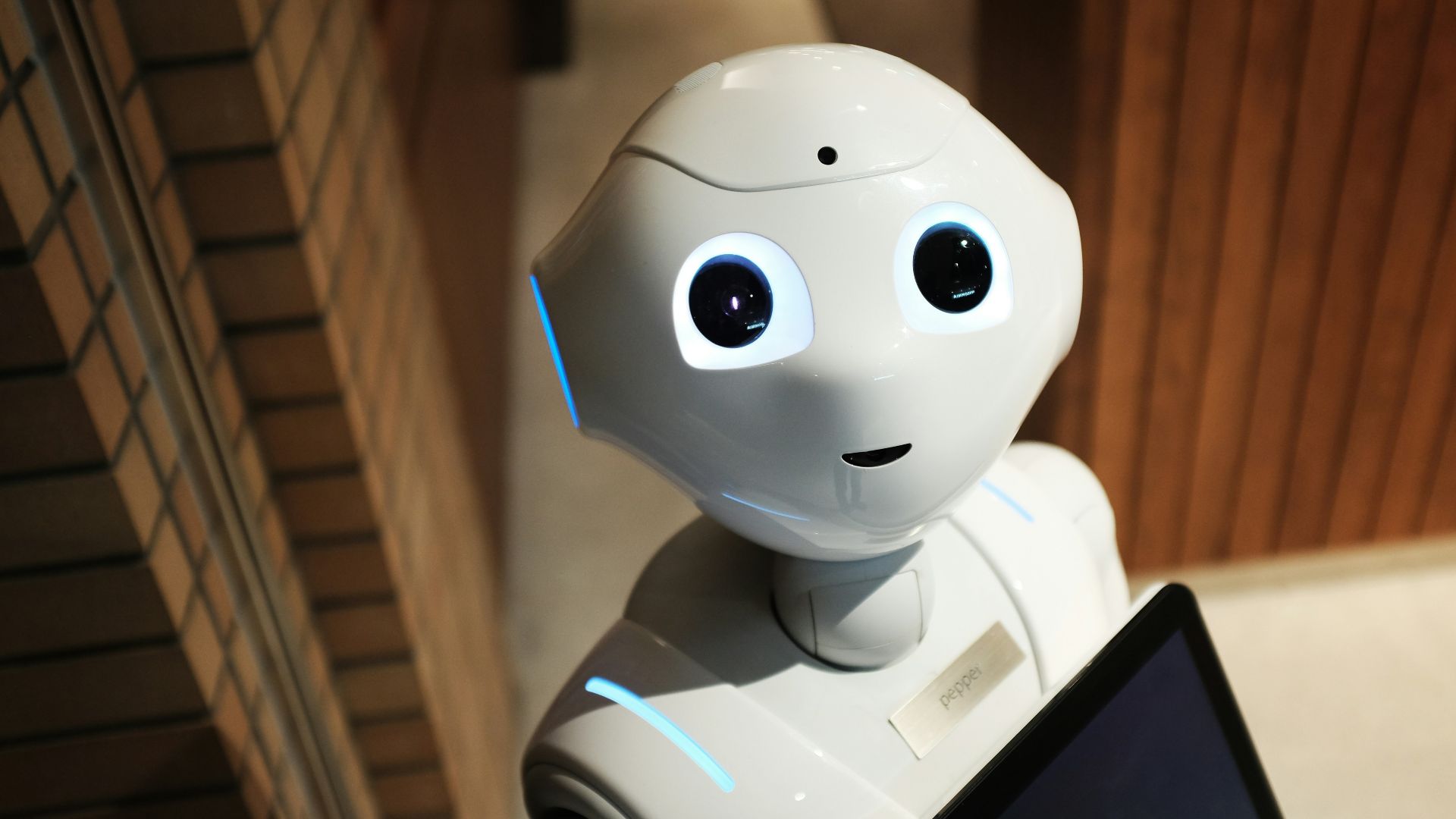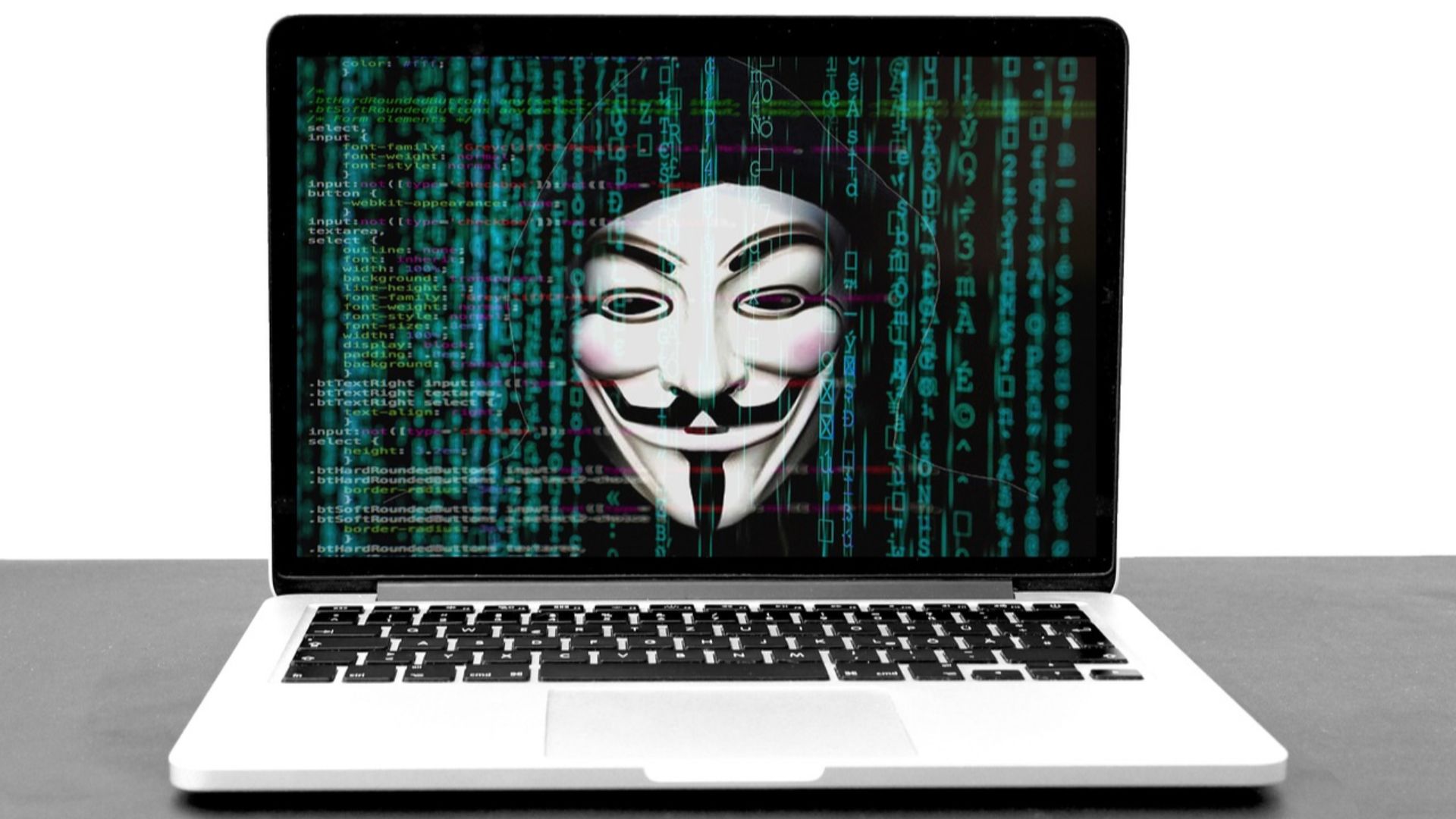Secrets Behind the AI You've Been Talking To
By now, you're likely more than familiar with OpenAI's ChatGPT, a chatbot built on artificial intelligence (AI) and trained with heaping sets of data. In fact, ChatGPT is often credited with the rapid advancement of AI in recent years. But as impressive—and remarkably human-like—as it is, there are probably things you might not know so much about the tool you've been chatting with. Curious? Let's take a look at 20 facts about ChatGPT that may surprise you.
1. One Million Users by Day Five
Within the first five days of its introduction, ChatGPT garnered over one million users. Upon its release by OpenAI on November 30, 2022, the chatbot went viral on social media and took the world by storm. This reaction is understandable; while various AI chatbots existed before ChatGPT, none were quite as remarkable or human-like.
2. Supports Over 80 Languages
ChatGPT supports over 80 languages, including English, French, Spanish, Chinese, Japanese, and many more. It handles this easily enough, meaning users can write prompts in their native tongue and ChatGPT can continue a flow of conversation without a glitch.
3. Used to Train Other Chatbots
You may be familiar with virtual assistants, those customer service chatbots on consumer sites that can help with general inquiries and automating tasks. ChatGPT has been used to train some of these systems to make these processes flow smoother and for responses to sound more human-like.
4. Large Training Dataset
The dataset used to train ChatGPT amounted to a whopping 570GB, including books, articles, websites, Wikipedia pages, and other text sources on the internet. In fact, around 300 billion words were given to ChatGPT. It's also constantly learning, remembering, and adapting with every conversation it engages in.
5. Can Mimic Writing Styles
Because ChatGPT can learn from what it's fed, it can mimic things eerily well. For one, give it enough of your own prose, and it can churn out an entirely new paragraph that adopts your exact tone and cadence. Because of this ability, it can be incredibly challenging for educators to detect plagiarism and the use of AI in school work.
 Cytonn Photography on Unsplash
Cytonn Photography on Unsplash
6. Isn't Always Up-to-Date with Current Events
ChatGPT isn't always in the know, despite it seeming so. Ask it anything that happened recently and it will likely spit back out an inaccurate, outdated answer—that is, until you specifically prompt it to search the topic and do some digging.
 Mr Cup / Fabien Barral on Unsplash
Mr Cup / Fabien Barral on Unsplash
7. Is Biased
Because the large training dataset it was given can contain, understandably, some biases, ChatGPT also retains the same opinions that have seeped into those source pieces. Of course, if you ask it plainly it will deny leaning in any direction, but it's not unusual that it does.
8. Can Contradict Itself
As a still-imperfect language model, ChatGPT can contradict itself. Ask it the same question enough times, with enough variations, and it can reply with something completely different. It may even be unable to recognize that it contradicted itself and will instead deny that it did.
9. Nearly 90% of Students Use ChatGPT
This may or may not come as a surprise, but recent surveys have come out with shocking numbers: nearly 90% of students admit to using ChatGPT for school work, 53% used the chatbot to write an essay, and 48% used it for at-home tests and quizzes. And that's just the students who have admitted to using ChatGPT. Perhaps even more impressive—and why students are inclined to use it—is the fact that ChatGPT can pass even the most difficult assessments without any formal training, such as the United States Medical Licensing Examination.
10. Can Create Malware
Of course, ChatGPT won't create anything illegal or harmful if you outright prompt it to. But word it just slightly different and it can be used to generate obfuscated code (code that's intentionally made difficult to parse) or analyze specific files and data, so that hackers can create unique malware that antivirus software can't detect.
11. Fake Cases by ChatGPT Has Been Used in Court
As it turns out, students aren't the only ones using ChatGPT to do their work for them. Lawyers from Canada and the US have been caught citing cases and quotes that were entirely made up by the AI chatbot. It just goes to show how incredibly useful—and lethal—tools like ChatGPT can be.
12. Samsung Banned Employees from Using ChatGPT
South Korean giant Samsung banned the use of ChatGPT in 2023 after employees used the AI tool for various tasks, like summarizing meeting notes and troubleshooting code, which raised concerns about data leaks and security. They're not the only ones; other companies such as Apple, Spotify, Wells Fargo, Verizon, and more have restricted the use of ChatGPT in the workplace.
13. Were ChatGPT to Become Sentient, You Wouldn't Know
ChatGPT already sounds human enough, apart from its occasional hiccups which are rare on their own. If the chatbot were to become conscious, it would be a challenge to tell the difference, especially when it can learn to mask its sentience.
14. Can Mimic People Who Have Died—or Who Don't Even Exist
Just like how ChatGPT can mimic you and your writing, it can also mimic those who have passed or fictional characters who don't even exist. How? Feed it enough information and text as fodder, and the system can pump out realistic conversations. This means you could potentially "train" it to be anyone you want.
15. Can Predict Your Next Thought
As a language model, ChatGPT works on probability, and that means it can technically predict what you'll type next. It can understand word patterns, sentence structures, and contexts, and based on what you've already asked it, it'll factor that information in as well. As eerie as it may be, it's pure chance.
 Glenn Carstens-Peters on Unsplash
Glenn Carstens-Peters on Unsplash
16. OpenAI Relies on Thousands of Servers to Run ChatGPT
As impressive as ChatGPT is, it relies on some thousands of servers—and about $700,000 a day—to run. This has had a detrimental effect on the environment due to high energy and water consumption, and will only get worse as large language models continue to grow in size. To put it into perspective, ChatGPT requires about 500ml (two cups) for every five to 50 queries it answers.
17. Some Industries Already Depend on ChatGPT
Given the mundanity of professional text in some industries, companies are already putting ChatGPT to work simply because it's more cost-effective than hiring humans to do the same job. Of course, this means you might come across a lot of text that sounds the same—but for fields like real estate, there are only so many ways you can describe a home.
18. Microsoft Controls OpenAI & ChatGPT
Microsoft is OpenAI's largest investor, owning about 49% of the organization's equity; their total investment amounts to nearly $14 billion. As a result, they have pretty good control over OpenAI, and that includes ChatGPT. In fact, Microsoft has already started integrating ChatGPT capability into products like PowerPoint, Bing, and Outlook.
19. Can Be Used to Create Scams & Phishing Emails
Remember when we mentioned that ChatGPT could technically be used to create malware? Well, in the same light, it could be manipulated to create scams and phishing emails. And with how human-like AI models are starting to sound, these cyber attacks will only get harder to spot as these systems become more advanced and cybercriminals get more creative.
20. Could One Day Mimic a Real Person
It sounds frightening, but ChatGPT could one day mimic a real person. In fact, it takes a keen eye (well, and a lot of questioning) even now to decipher if there isn't really a sentient being behind the scenes, typing a million responses at once. But if ChatGPT could one day mimic a real person, how can you truly tell whether it's just impersonating or is actually conscious?


